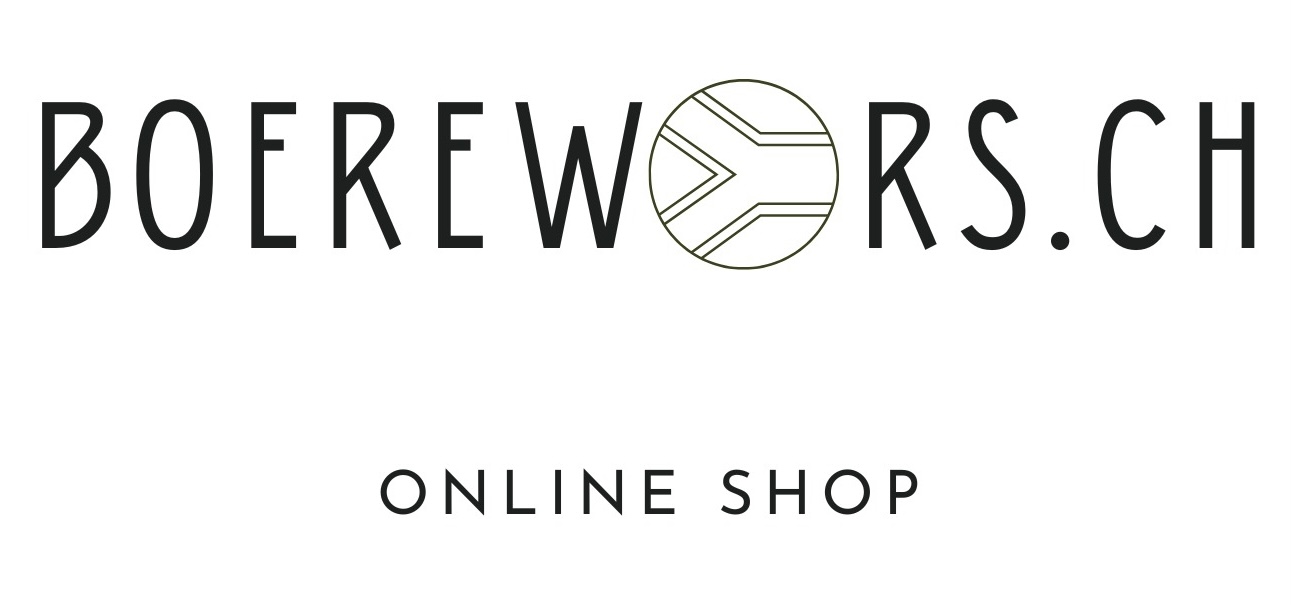The spices clove, nutmeg, and mace originated on only a handful of tiny islands in the Indonesian archipelago but came to have a dramatic, far-reaching impact on world trade & cuisine. In antiquity, they became popular in the medicines of India and China, and they were a major component of European cuisine in the medieval period. European countries fought mightily for control of the spice trade.
NATURAL HISTORY
The name clove refers to the dried, unopened buds of the evergreen tree, Syzygium caryophyllata in the myrtle family. Cloves were native to only five tiny, volcanic islands in the East Indian Archipelago: Ternate, Matir, Tidore, Makian, and Bacan, all belonging to the Maluku Islands or the Moluccas.
The first mention of clove is in the Chinese literature of the Han period, around the 3rd century BCE. The spice called hi-sho-hiang (“bird’s tongue”) was first used as a breath freshener; officers of the court were required to place cloves in their mouth before discussions with their sovereign. Cloves were used much more widely in medicines than food preparation. They were considered an internal warming herb, which helped dispel cold and warm the body. They were used as tonics and stimulants and were prescribed as a digestive aid and antiseptic. Cloves were used to treat a wide range of ailments including intestinal distress, impotence, diarrhea, vomiting, and cholera. They were made into a poultice to treat cracked nipples, scorpion stings, toothaches, and pretty much any abscess that caused pain.
The nutmegs are the dark reddish-brown seeds within the fruits of Myristica fragrans, of the Myristicaceae family. These seeds are surrounded by a deep red, fleshy net-like membrane, or aril, which is the mace. The nutmeg tree was native to sheltered valleys on the hot, tropical Banda Islands in the Maluku region of Indonesia.
Nutmeg and mace are frequently mentioned in the oldest scriptures of Hinduism in India, the Vedas, composed between 1500 and 1000 BCE. Nutmeg was recommended for improved digestion and was prescribed for headache, neural problems, fevers from colds, bad breath, and digestive problems. Later Indian texts described nutmeg as an important medicine for cardiac complaints, consumption, asthma, toothaches, dysentery, flatulence, and rheumatism.
NUTMEG, MACE, & CLOVES IN EUROPEAN CUISINE
Before about the 12th century, medical practice in Europe was far behind the Muslims as there was little research being conducted, and because the medieval church considered disease a punishment from God, doctors could do little for their patients. It was not until new translations, observations, and methods of the Islamic world became available that western medicine began to move forward. Insights and methods from Islamic doctors brought many new advances to European medicine, including the widespread treatment of disease with spices.
It is a bit hazy when nutmeg and cloves moved from the medicine cabinet into European cuisine, although their purported ‘hot’ and ‘humid’ properties were recommended for centuries in wintertime meals, according to the ancient teachings of Galen. In 716, the Frankish king Chilperic II is known to have granted the monks of Corbie Monastery a toll exception on their annual spice allotment of 30 pounds pepper, five of cinnamon, and two of cloves. There are records from the medieval monastery of St Gall in Switzerland that monks used cloves to season their fasting fish in the 9th century. In the 10th century, Andalusian traveler Ibrahim ibn Ya’qub noted that the burghers of Mainz (Germany) used cloves to season their food. When the king and queen of Scotland celebrated the Feast of the Assumption in 1256, their food was spiced with 50 pounds each of ginger, pepper, and cinnamon, 4 pounds of cloves, and 2 pounds each of nutmeg and mace. At the marriage of the Duke of Bavaria-Landshut in 1476, the banquets required 205 pounds of cinnamon, 286 pounds of ginger, and 85 pounds of nutmeg.
Because of their distant supply lines, the spices were very costly in the Early and High Middle Ages, which restricted them to the wealthy and added greatly to their desirability. However, as the 11th and 12th centuries progressed, there was a steady rise in the popularity of Asian spices, stimulated by the Crusades and those who returned enchanted by the rich cuisine of Constantinople. The Venetians saw a window of opportunity and began to supply the European market with much greater quantities of spice. As Turner comments:
“[By the late 12th century,] medieval cooks dreamed up hundreds of different applications, leaving practically no types of food without spice. There were rich and spicey sauces for meat and fish, based on an almost limitless number of combinations of cloves, nutmeg, cinnamon, mace, pepper, and other spices, ground and mixed in with a host of locally grown herbs and aromatics. (105)”
The popularity of spices in both cuisine and medicine reached its historical peak during the late Middle Ages in Europe. Food in medieval households was highly processed and richly spiced. Uncooked food was rarely eaten, even vegetables and fruit. The spices were used to season all types of food including meat, fish, soups, sweet dishes, and wine. It even became popular in medieval banquets to pass around a spice platter from which guests could choose extra seasonings for their already richly accented meals. The noted expert on medieval gastronomy, Paul Freedman, tells us that “spices were omnipresent in medieval gastronomy” and “something on the order of 75% of medieval recipes involves spices” (50).
Credits James Hancock

